RCA/Citroen

An inspired three-wheel urban run-around and a clever take on Citroën's quirky design heritage were two of the highlights at the Royal College of Art's interim vehicle design show this month.
The double challenge project, developed in collaboration with the French marque, required final year vehicle design students to imagine a small car that could establish a unique electric vehicle aesthetic for Citroën. Working with French aerodynamic simulation software company EXA, the cars also had to be as aero-efficient as possible.
Heikki Juvonen's E-3POD Antistatic was chosen as the best overall design with the Finnish student starting a six month contract at the PSA Design Centre in Paris on graduation. Juvonen has envisaged a micro-size electric pod that is positioned between the car and bicycle -- crucially the E-3POD is to be seen as an electric product rather than a car. The three-wheel electric vehicle features two smaller wheels at the front so that the driver sits inside the third larger wheel that includes a hub-less design. 'I see it as an introduction to electric driving and something that will coexist with other vehicles,' Juvonen told W* at the RCA.
Philippe Holland, head of Style Graphique at Citroën, said Juvonen's design was 'a quirky and nice sculpture, and an interesting concept for city driving'. He also congratulated James Harness on understanding the marque's design heritage and how to walk the fine line between beauty and beast with his Ugly Ducking concept. The charmingly boxy concept is a quirky sculptural piece that negates all the conventions of current automobile design.
Harness explained that he was tired of the proportions in automotive design. 'The current vanguard of automotive design expresses clichéd proportions,' says the young designer, 'and an aggressive pumped and chiselled form language that subversively distributes the idea of personal superiority and dominance.' He notes that while this aesthetic may be appropriate for German manufacturers in particular, it doesn't necessarily fit in with the identity of Citroën.
Instead, the exterior of this three-seater prototype features a combination of brave and somewhat brutal flat surfaces and organic shapes. 'It has a flat/organic form language,' Harness muses. 'I wanted to combine two form languages, 80s brutalism and more modern organic surfacing,' he explains, 'and to study the differences between them aerodynamically.' The combination of the curvaceous front and sharp, flat rear, proved to be aerodynamically almost ideal.
Holland also commended Juliana Cho's Memory Piece, calling it 'a beautiful styling object' and inline with Citroën design heritage. He added that he was very impressed with what the RCA students had produced. 'They are truly exceptional ideas for the future design of electric Citroën vehicles,' he told us. 'This type of powertrain is increasingly recognised as an important solution for economically and environmentally viable urban transport, so it's fantastic to see the electric visions of these potential car designers of tomorrow.'
Wallpaper* Newsletter
Receive our daily digest of inspiration, escapism and design stories from around the world direct to your inbox.
Gallery & captions
Heikki Juvonen's E-3POD Antistatic electric tripod suggests a new type of electric vehicle for urban commuting. The lightweight modular construction is aerodynamic to minimise the required battery size and helps with lower production costs. The lowered weight is emphasized in design elements such as the rear wheel, which works as a supportive structural element, the shared suspension for both front wheels, and the use of scratch resistant plastic for the canopy. The silent electric engines also make sound insulation redundant, allowing for lighter material selection.
James Harness's Ugly Duckling concept uses a flat/organic form language with anthropometric proportions that stimulate curiosity to engage and excite consumers into electric driving. The surfaces are made from one-way Lexan glass and inside the driver sits centrally, with the two passengers close behind and to either side.
Adam Phillips' Communicate aims to work alongside other objects in cities instead of what he calls 'invading' the cityscape. The interior rises up from the street and the top shell reflects the environment around it.
James Brooks' Boite is a statement against the masculinity of current automotive design, featuring a pod that is suspended from an external structure so that it appears to float.
Murray Westwater's Cympod has been designed with markets like China and India in mind as an affordable form of urban transport.
Richard Bone's A Car For Sharing is a shared transport concept for urban mobility that features a four-person flexible seating arrangement.
Hitesh Panchal's Fashionista is an electric pod that is also a female accessory-- the design deliberately feminine to appeal to this market.
Dai Shang's City Core is a tiny upright electric pod that utilises smart city grids and is designed for dense metropolitan environment.
Juha Pekka Rautio's C-Crab has been inspired by various sports activities to visualise a more aerodynamic package.
David Eburah's Gallery hopes to make the electric car relevant to the modern urban environment by creating a boutique where users can pick and choose what they drive.
Ian Kettle's Egoiste -- as the name suggests -- uses extreme proportions to attract attention and thus promote electric driving.
Juliana Cho's Memory Piece is a daily commuter electric concept that has relaxing seats and is fun to drive so as to alter customer perception of electric driving.
Fernando Ocana's C-Flex is made from electro-active memory polymers so that it can change shape to adapt to different conditions and occupant needs.
Ido Baruchin's Cyto concept self-generates energy using wind turbines and features regenerative braking for improved efficiency.
Elizabeth Pinder's C-Voile is a single person electric concept that works a bit like a surfboard, the rider rolls and pitching the deck with his feet.
Jonathan Bell has written for Wallpaper* magazine since 1999, covering everything from architecture and transport design to books, tech and graphic design. He is now the magazine’s Transport and Technology Editor. Jonathan has written and edited 15 books, including Concept Car Design, 21st Century House, and The New Modern House. He is also the host of Wallpaper’s first podcast.
-
 All-In is the Paris-based label making full-force fashion for main character dressing
All-In is the Paris-based label making full-force fashion for main character dressingPart of our monthly Uprising series, Wallpaper* meets Benjamin Barron and Bror August Vestbø of All-In, the LVMH Prize-nominated label which bases its collections on a riotous cast of characters – real and imagined
By Orla Brennan
-
 Maserati joins forces with Giorgetti for a turbo-charged relationship
Maserati joins forces with Giorgetti for a turbo-charged relationshipAnnouncing their marriage during Milan Design Week, the brands unveiled a collection, a car and a long term commitment
By Hugo Macdonald
-
 Through an innovative new training program, Poltrona Frau aims to safeguard Italian craft
Through an innovative new training program, Poltrona Frau aims to safeguard Italian craftThe heritage furniture manufacturer is training a new generation of leather artisans
By Cristina Kiran Piotti
-
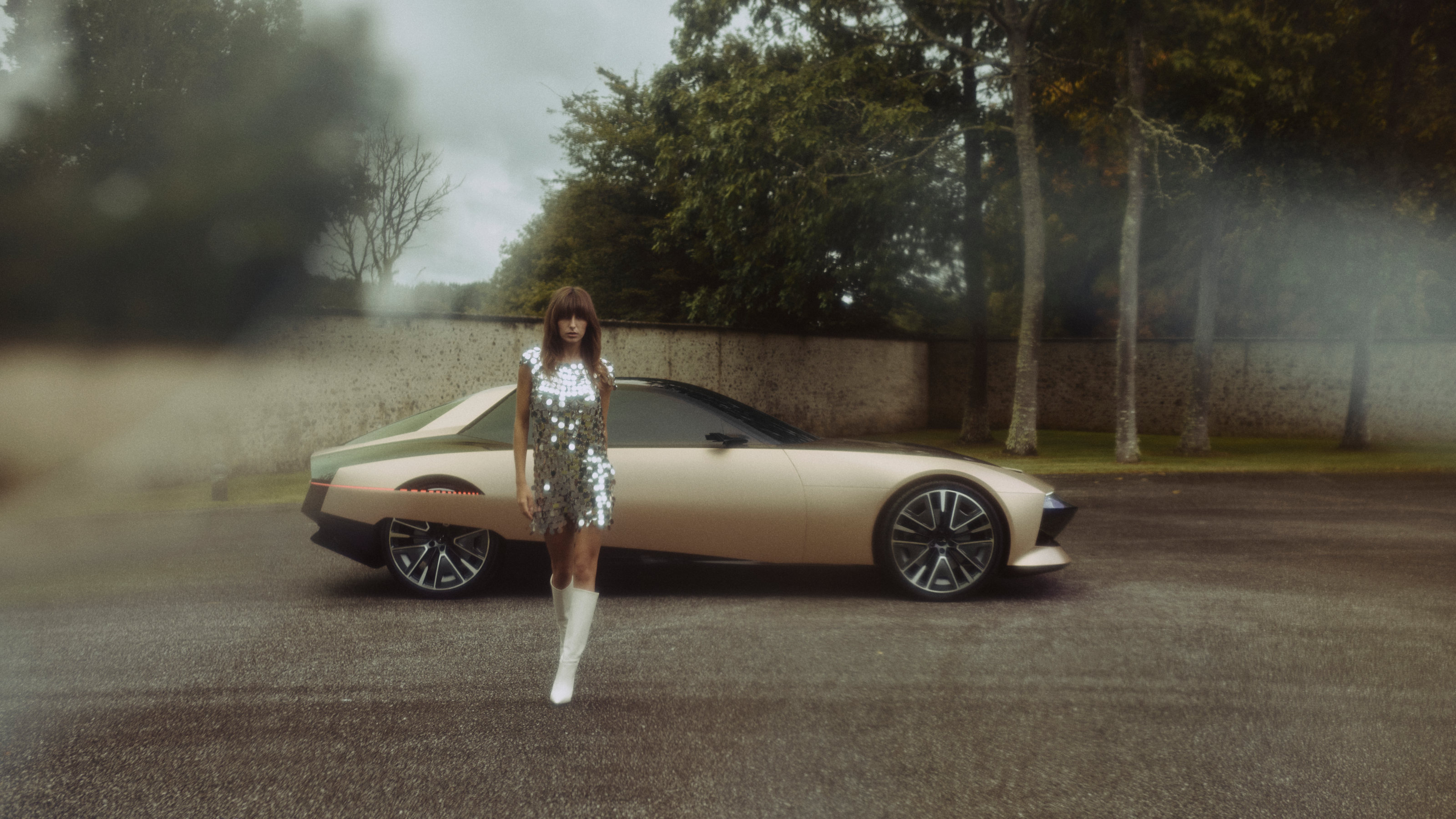 SM Tribute by DS Automobiles marks ten years of the brand and signals bold things to come
SM Tribute by DS Automobiles marks ten years of the brand and signals bold things to comeThis spectacular concept car pays homage to one of the most iconic Citroën designs of all time, the 1970 SM by Robert Opron
By Jonathan Bell
-
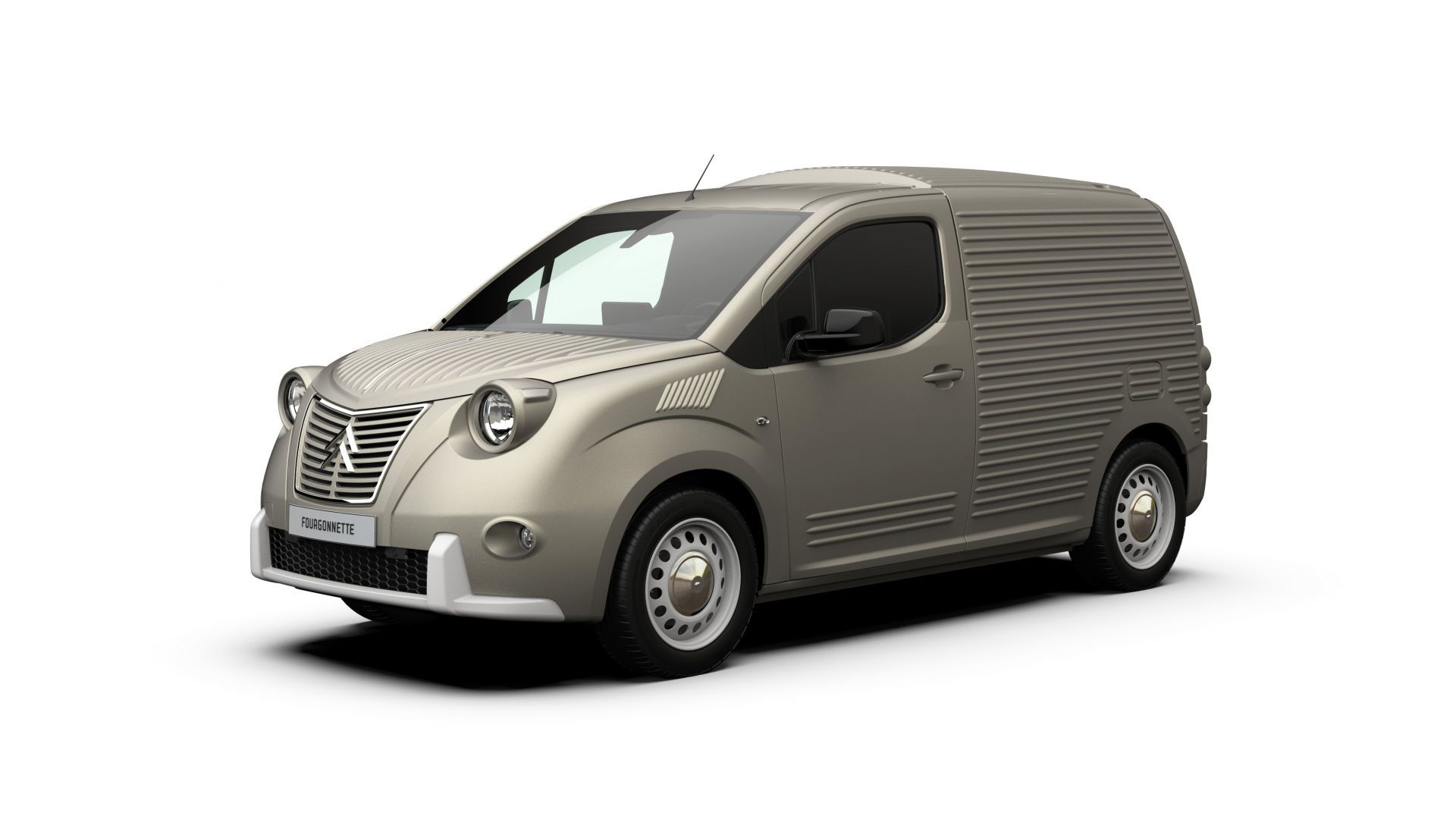 Carrosserie Caselani’s Fourgonnette is a retro van for bold businesses
Carrosserie Caselani’s Fourgonnette is a retro van for bold businessesThis updated Fourgonnette, inspired by the legendary Citroën 2CV, cloaks a conventional Citroën commercial vehicle in a stylish retro skin
By Jonathan Bell
-
 Coming soon: a curated collection of all the new EVs and hybrids that matter
Coming soon: a curated collection of all the new EVs and hybrids that matterWe've rounded up new and updated offerings from Audi, Porsche, Ineos, Mini and more to keep tabs on the shifting sands of the mainstream car market
By Jonathan Bell
-
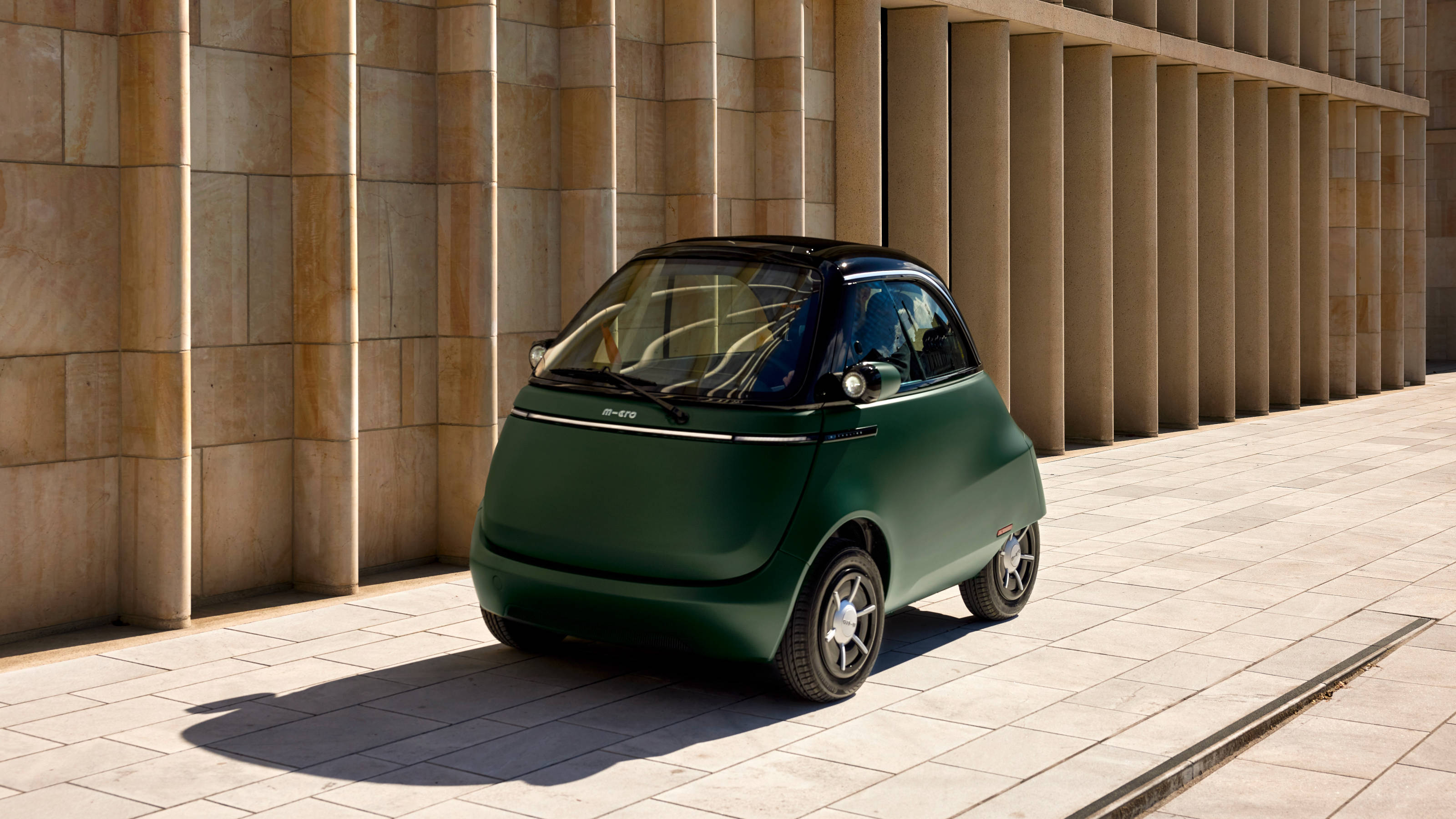 Microcar madness: three new ultra-compact electric city cars
Microcar madness: three new ultra-compact electric city carsThese two-seater electric microcars are the ultimate errand machines, designed for short hops and small spaces, all with a minimal footprint
By Jonathan Bell
-
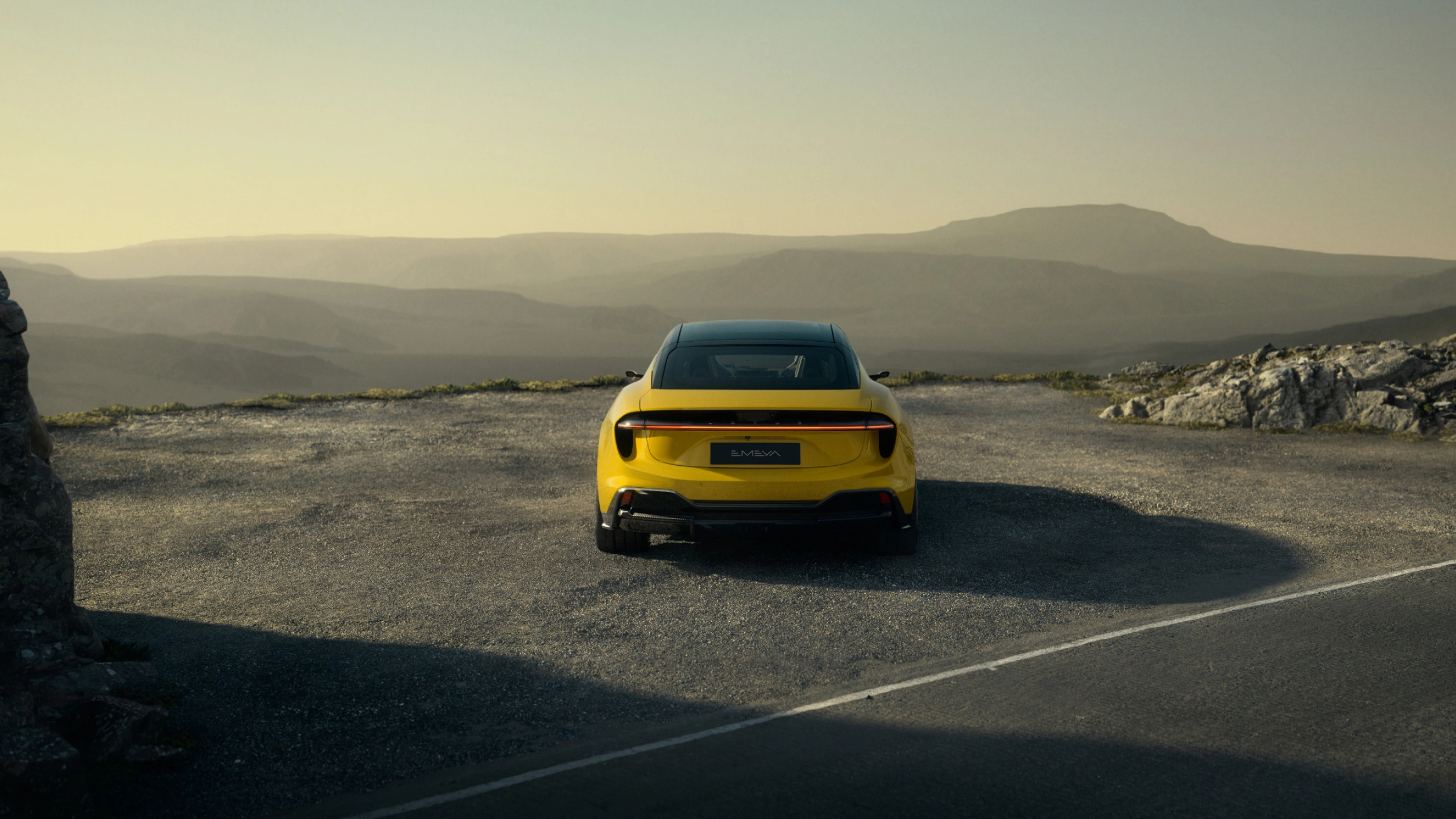 24 transportation design innovations for 2024
24 transportation design innovations for 2024From electric cars to new airports and sports boats, here’s a non-exhaustive list of 24 of the most interesting transportation design innovations to expect in the coming year
By Jonathan Bell
-
 Four new compact camper vans showcase the best in modest mobile home design
Four new compact camper vans showcase the best in modest mobile home designVolkswagen, Citroën, Ford and Mercedes-Benz showcase their latest takes on contemporary van living
By Jonathan Bell
-
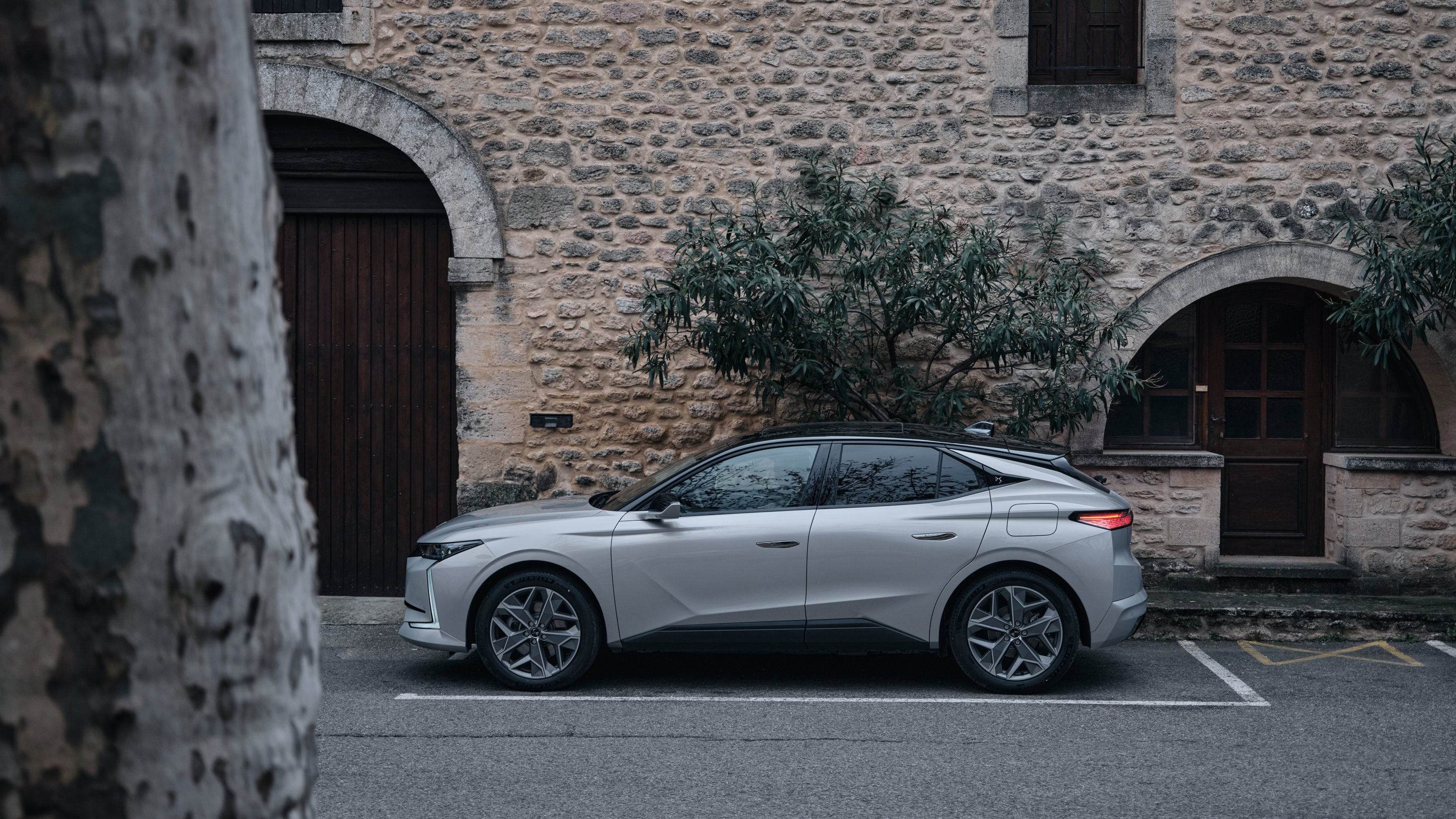 The DS 4 exemplifies mass-market luxury, cramming features and frivolity into an excellent all-rounder
The DS 4 exemplifies mass-market luxury, cramming features and frivolity into an excellent all-rounderDS Automobiles finds its form with the DS 4, a mid-range hybrid with a smart mix of driving refinement and design eccentricity
By Jonathan Bell
-
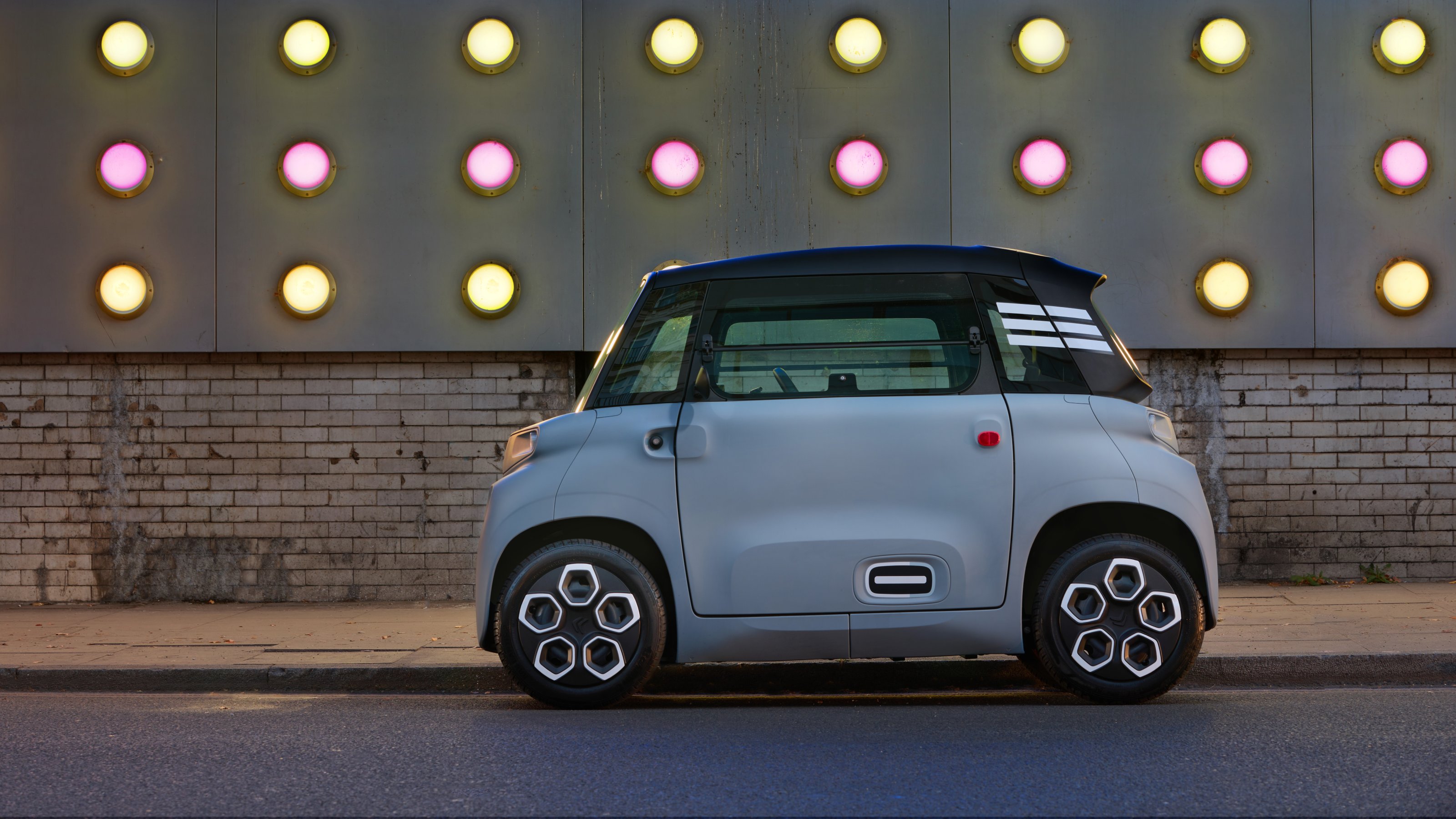 All hail the small scale: Wallpaper* takes a trip inside Citroën’s diminutive new Ami
All hail the small scale: Wallpaper* takes a trip inside Citroën’s diminutive new AmiThe Citroën Ami is small but perfectly formed, albeit a little rough around the edges. For short city hops, it’s hard to beat
By Jonathan Bell